Herbs and spices are the backbone of any cuisine, enhancing flavors and adding depth to dishes. In this guide, we will explore the most common herbs and spices in international cuisines, so you can confidently experiment with new flavors in your cooking.
Italian Cuisine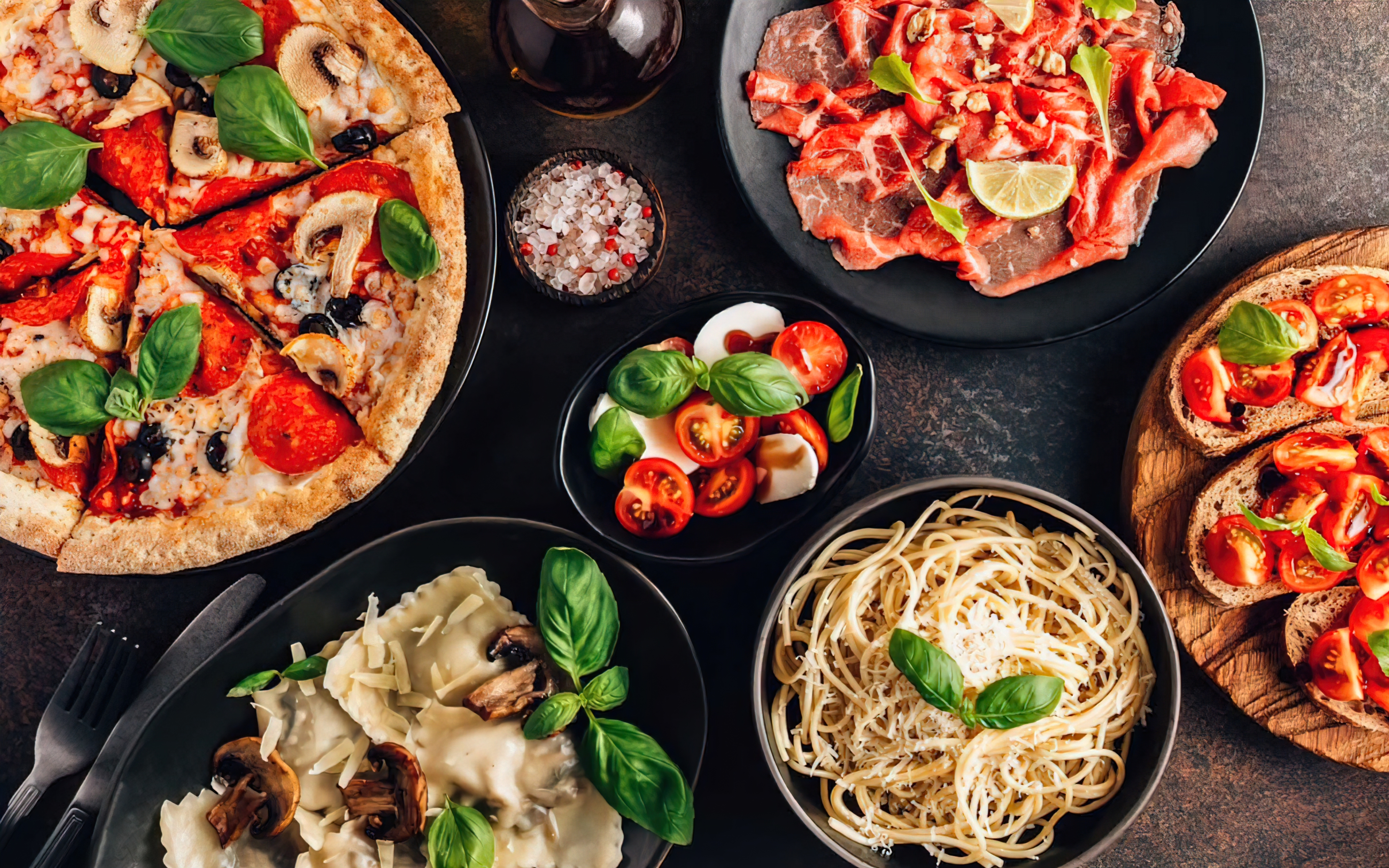
Essential Herbs and Spices Italian cooking relies heavily on fresh herbs for flavor. Some staples include:
- Basil: Sweet and aromatic, it’s commonly used in pasta dishes and tomato-based sauces.
- Oregano: This robust herb adds earthy flavors to Italian classics like pizza and pasta.
- Rosemary: With a piney aroma, rosemary is perfect for roasted meats and vegetables.
- Thyme: Lends a subtle earthiness to sauces, soups, and stews.
Indian Cuisine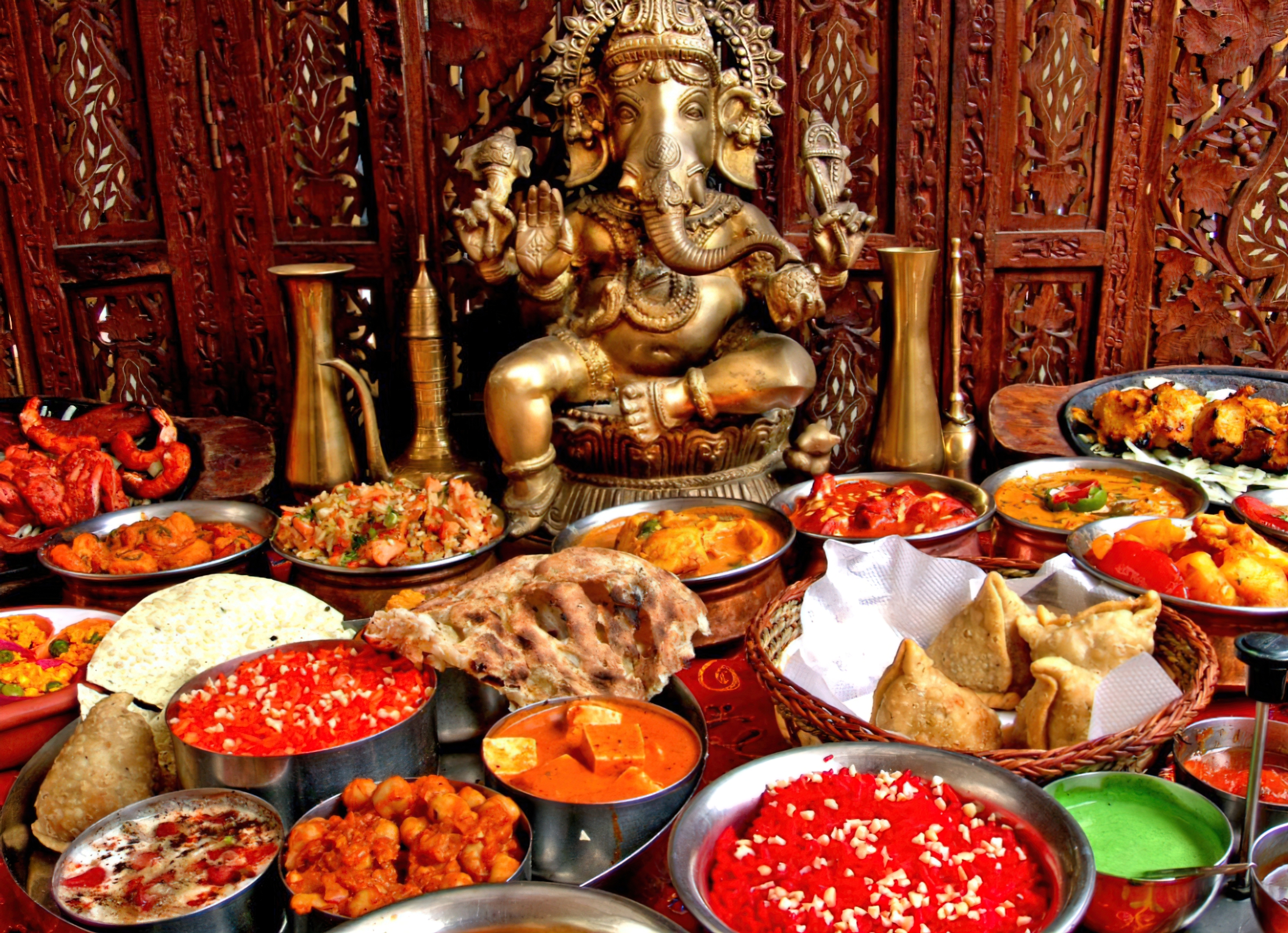
Spice Up Your Life Indian cuisine is known for its bold flavors and aromatic spices. Key ingredients include:
- Cumin: Provides a warm, earthy flavor and is commonly used in curry powders.
- Coriander: A versatile spice with a slightly citrusy taste, used in many Indian dishes.
- Turmeric: Adds a golden color and subtle earthy flavor to curries and rice dishes.
- Cardamom: Sweet and floral, it’s used in both sweet and savory Indian dishes.
Mexican Cuisine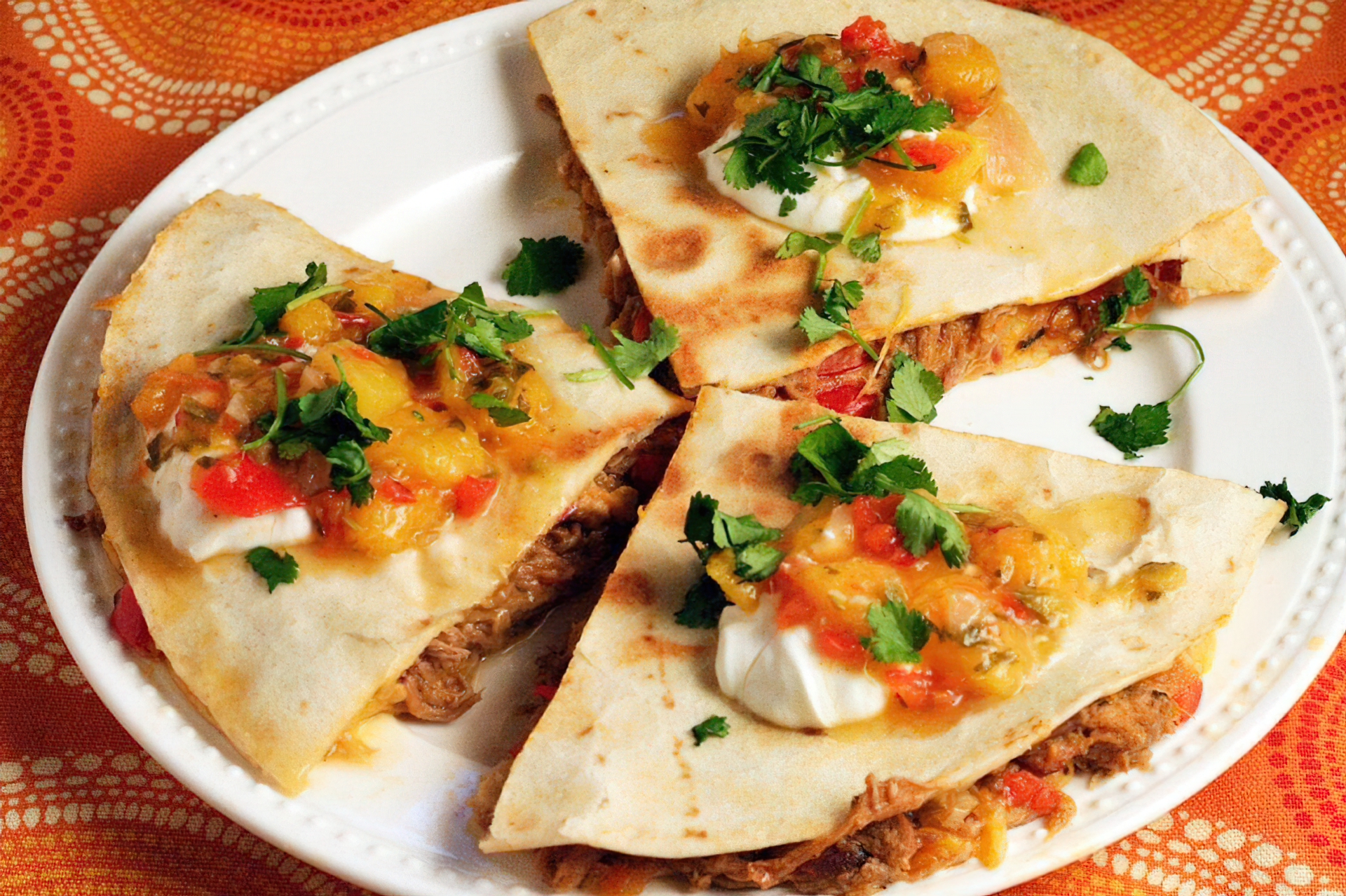
Flavorful Staples Mexican cuisine is packed with flavorful herbs and spices that create its signature taste:
- Cilantro: Fresh and citrusy, cilantro is a staple in salsas, guacamole, and soups.
- Chili powder: A blend of spices that can include cayenne, paprika, and oregano, it adds heat to dishes.
- Cumin: Adds depth and warmth to Mexican dishes like chili and enchiladas.
- Cinnamon: While often used in desserts, it can also add warmth to savory dishes.
Chinese Cuisine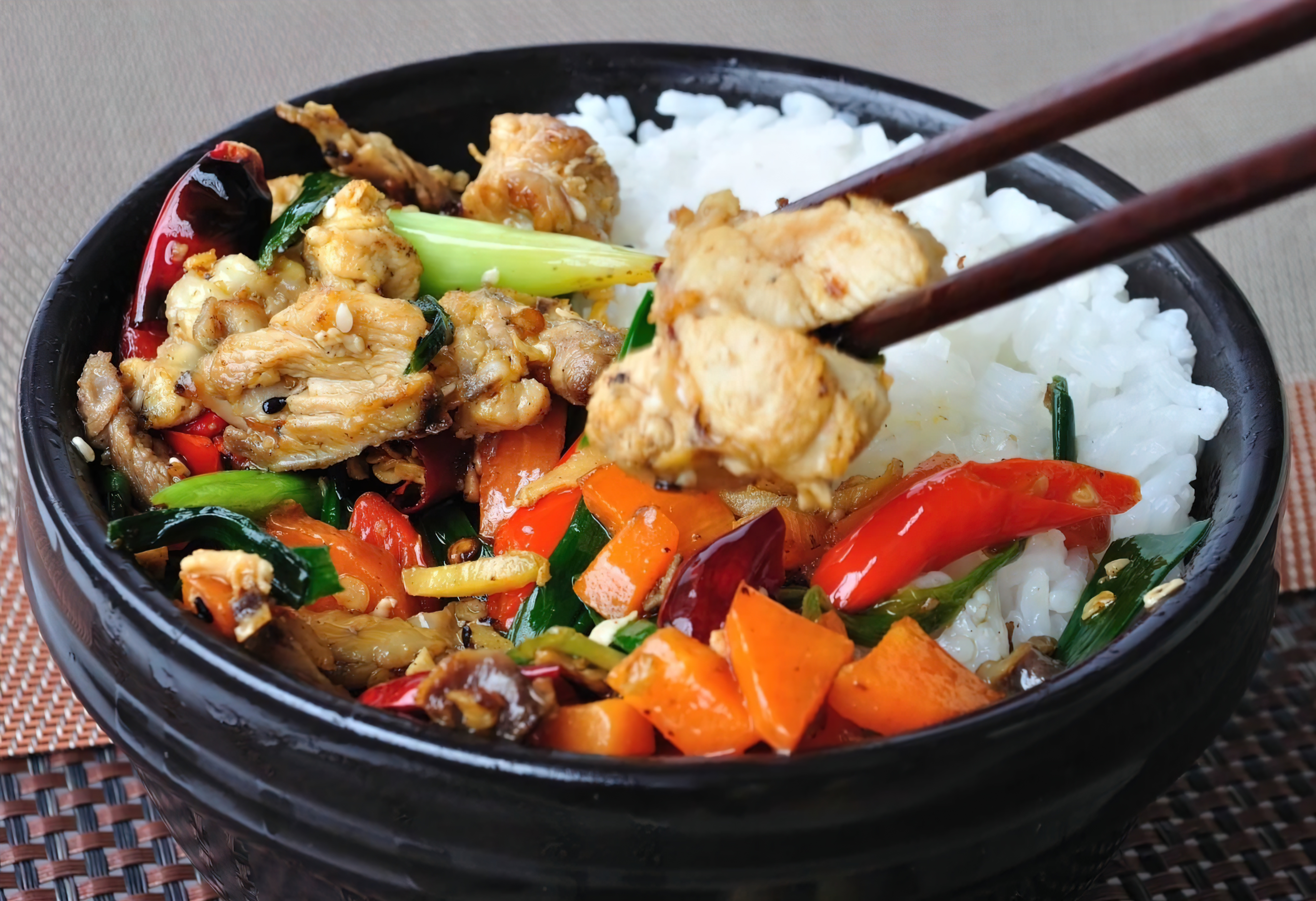
Fragrant Herbs and Spices Chinese cooking uses a unique blend of herbs and spices to create its distinct flavors:
- Ginger: Aromatic and slightly spicy, ginger is used in stir-fries, soups, and marinades.
- Star anise: Adds a sweet, licorice-like flavor to braised meats and sauces.
- Szechuan peppercorns: Provide a numbing, tingling sensation and are used in spicy dishes.
- Five-spice powder: A blend of cinnamon, cloves, fennel, star anise, and Szechuan peppercorns, adding depth to many dishes.
Middle Eastern Cuisine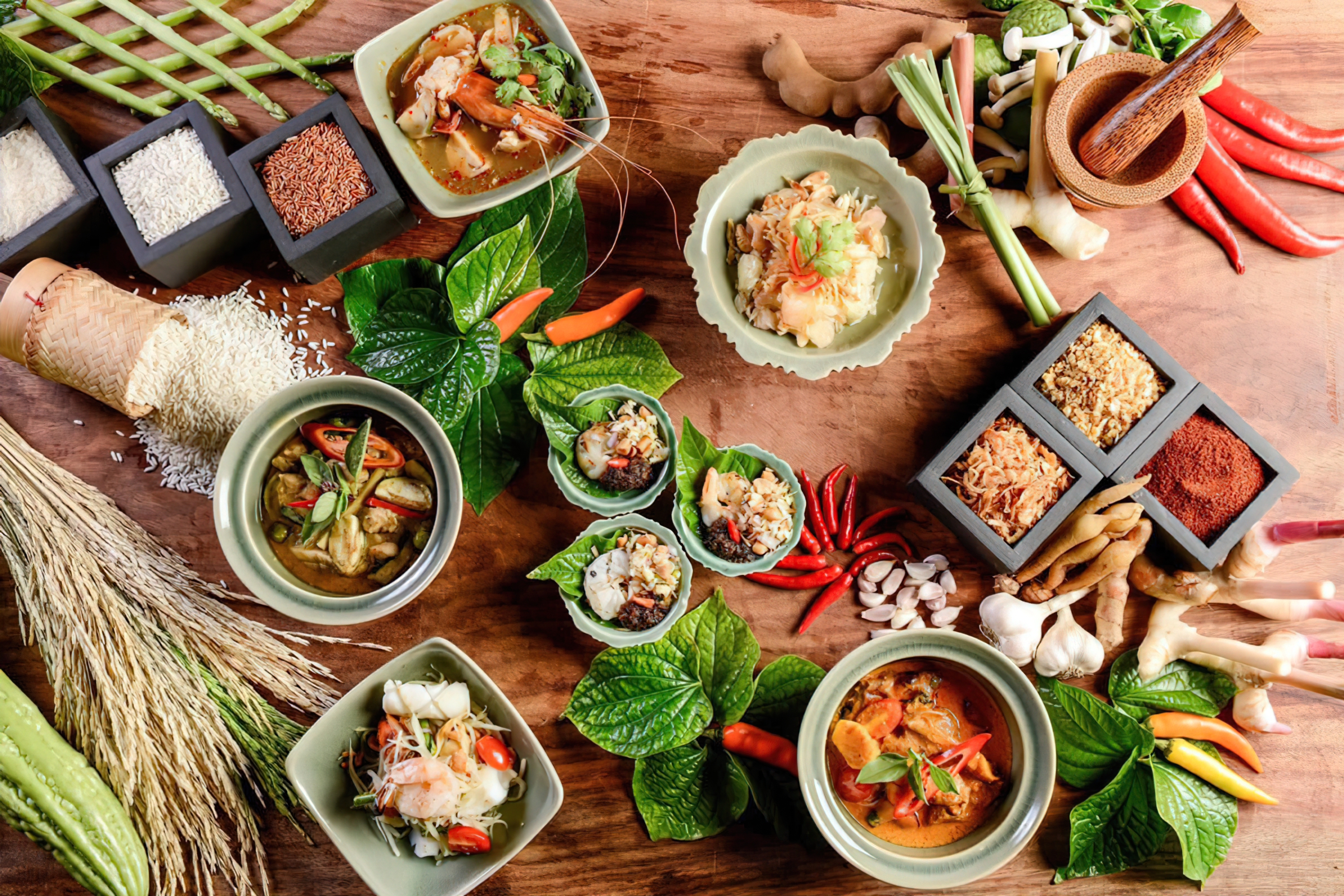
Aromatic Herbs and Spices Middle Eastern cuisine is characterized by its use of fragrant herbs and spices that create mouthwatering flavors:
- Sumac: With a tangy, lemony flavor, sumac is used to season grilled meats, salads, and rice dishes.
- Za’atar: A blend of thyme, sumac, and sesame seeds, za’atar adds a zesty flavor to flatbreads and roasted vegetables.
- Cinnamon: A warming spice, it is used in both savory and sweet dishes, such as rice dishes and desserts.
- Allspice: Imparts a warm, earthy flavor, commonly used in spice blends and meat dishes.
Thai Cuisine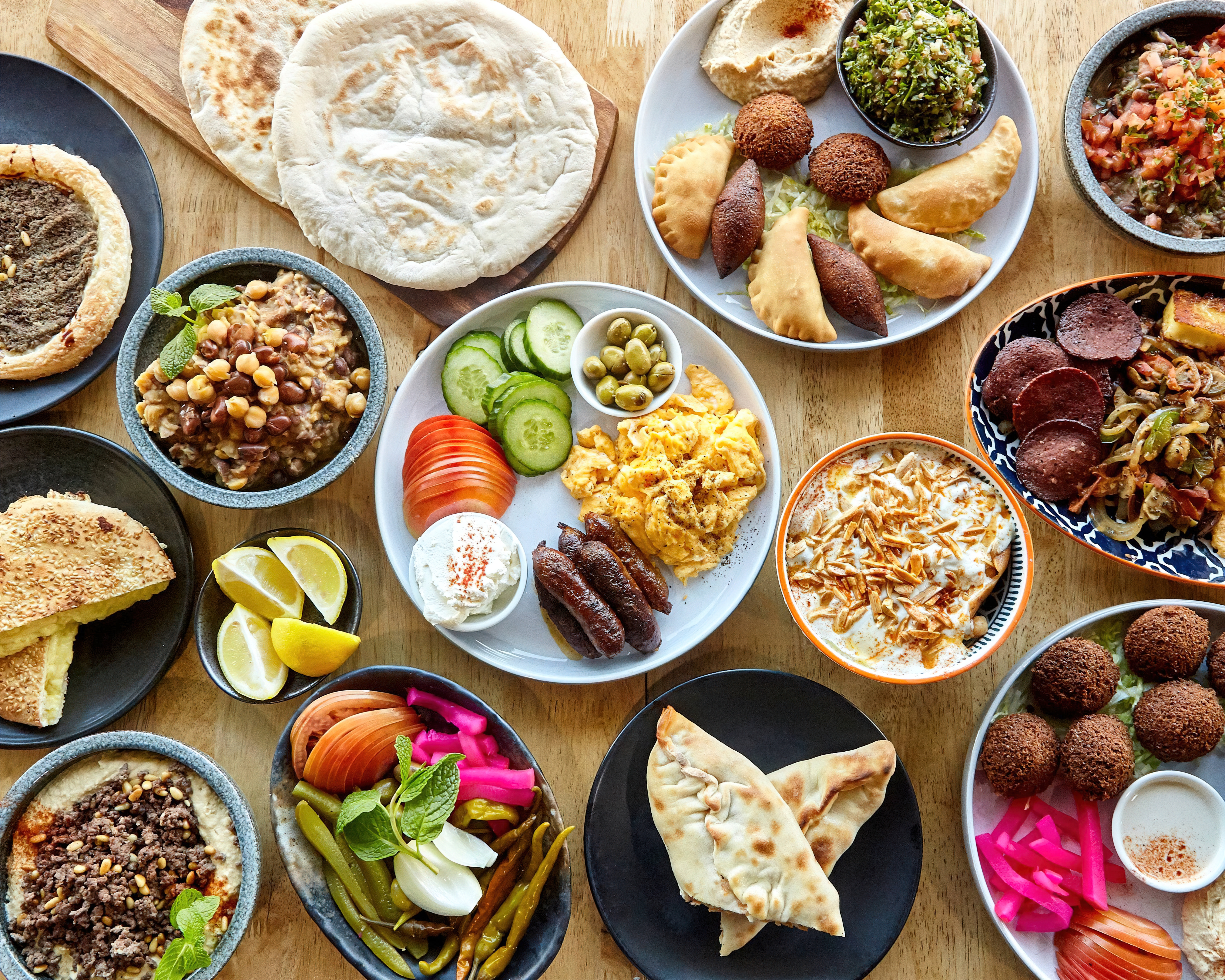
Fresh and Flavorful Ingredients Thai cuisine is known for its balance of sweet, sour, salty, and spicy flavors. Here are some essential herbs and spices:
- Lemongrass: With a fresh, lemony aroma, it is used in soups, curries, and marinades.
- Kaffir lime leaves: Add a tangy, citrus flavor to dishes like curry and tom yum soup.
- Thai basil: Aromatic and slightly spicy, it’s commonly used in stir-fries and curries.
- Galangal: Similar to ginger but more pungent, it’s used in soups, curry pastes, and marinades.
Japanese Cuisine
![]()
Subtle Flavors and Seasonings Japanese cuisine focuses on delicate flavors, often incorporating these herbs and spices:
- Shichimi Togarashi: A blend of seven spices, it adds heat and complexity to noodle dishes, soups, and grilled meats.
- Wasabi: A green horseradish paste that adds a sharp, pungent kick to sushi and sashimi.
- Sansho: A relative of Szechuan peppercorns, it provides a numbing, citrusy flavor, often used as a condiment for grilled meats and fish.
- Yuzu: A fragrant citrus fruit, its zest and juice add brightness to sauces, dressings, and desserts.
Now that you have a better understanding of the most common herbs and spices used in international cuisines, you can confidently experiment with these flavors in your cooking. Remember, a little goes a long way when it comes to herbs and spices, so start small and adjust to taste. Happy cooking!

